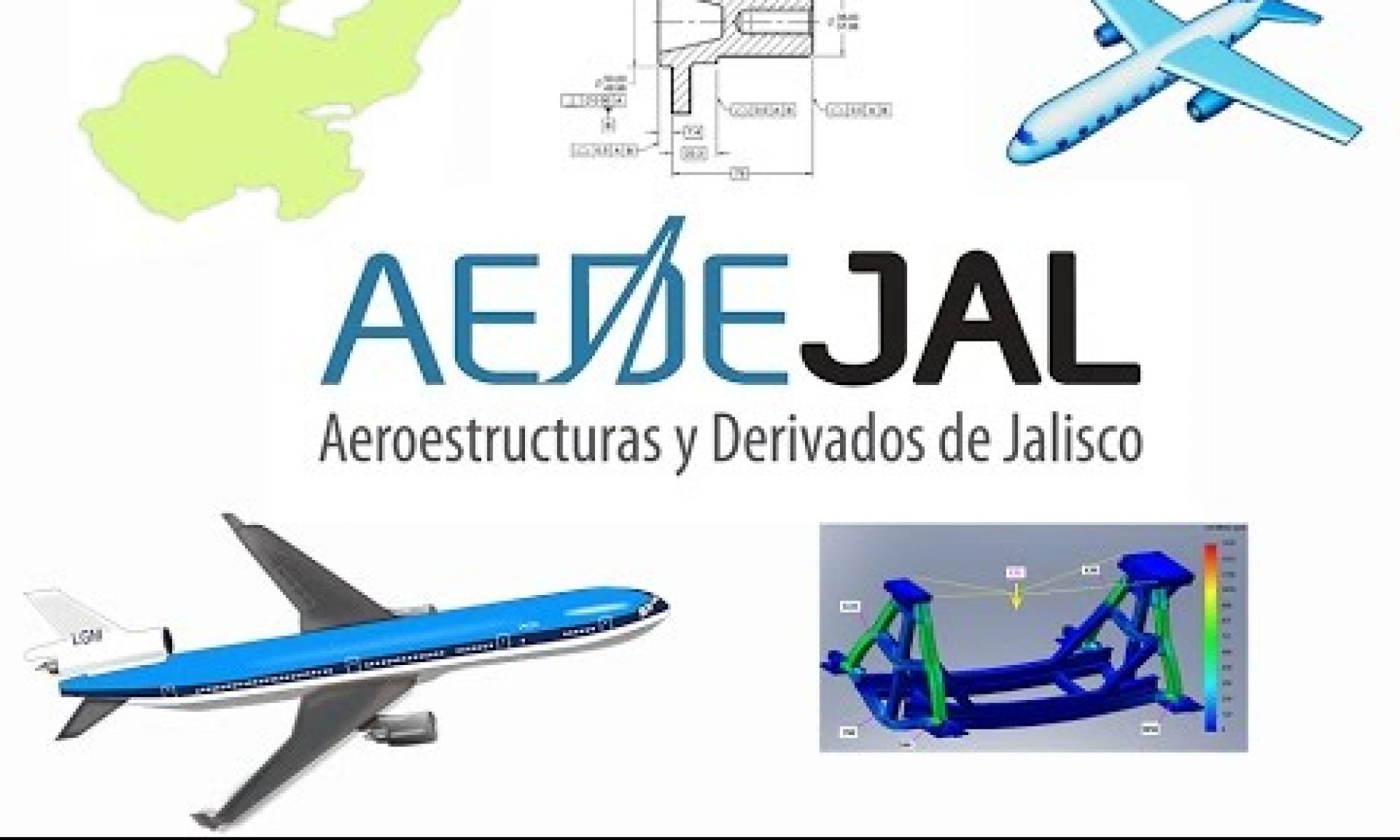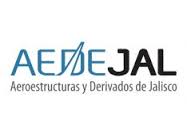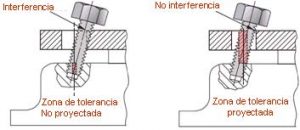| Who should attend:
Reprentatives from design, quality, production and supplieers can attend this course.
Course Highlights:
The workshop is based on a series of goals and objectives. It includes numerous practices problems and in-depth coverage of Dimensioning and Tolerancing. You will learn the application of GD&T in real world situation and how to reduce production cost by using the appropiate tolerances.
Course description (2 days)
You will learn how to apply GD&T to a variety of situations. Improve your Geometic and Tolerancing skills, get your questions answered. Also, this course will help you to create better designs, reduce drawing errors, increase productivity, increase part tolerances, assure that mating parts will assemble, improve inspection accuracy, etc.
|


